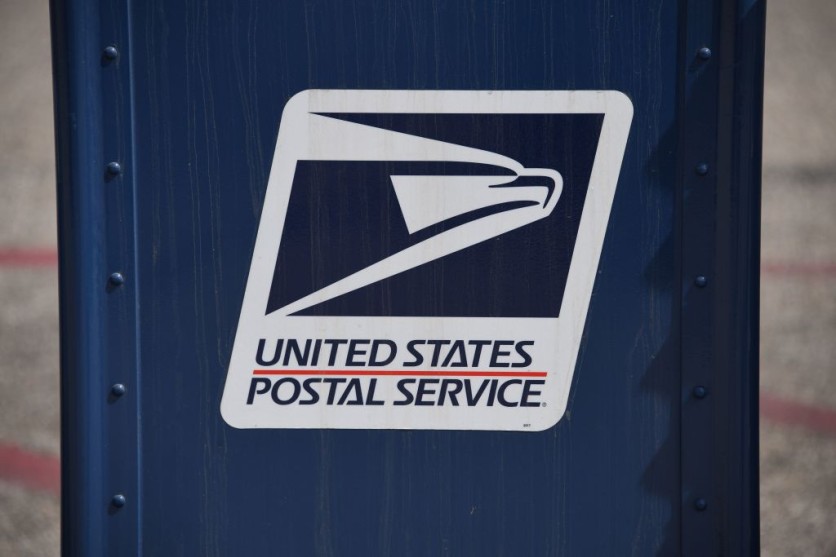The US Postal Service (USPS) has outlined an ambitious plan to reduce greenhouse gas emissions and enhance sustainability measures across its operations.
The initiative, unveiled on Tuesday, encompasses strategies ranging from transitioning parcel transportation from air to ground to increasing the adoption of electric vehicles and streamlining delivery routes.

USPS' Delivering for America Plan
According to Louis DeJoy, the Postmaster General and CEO of USPS, these sustainability objectives are integral to the broader modernization efforts outlined in the organization's 10-year Delivering for America plan.
The plan aims to achieve significant efficiencies through operational transformations, technological advancements, and infrastructure upgrades, ultimately reducing costs and minimizing environmental impact.
As part of the Delivering for America plan, USPS intends to aggregate parcel volume in fewer facilities, optimize regional transportation, and eliminate thousands of unnecessary trips, thereby reducing carbon emissions associated with transportation.
Additionally, the organization plans to modernize facilities, invest in automation, and enhance operational tactics to enhance efficiency and reduce emissions.
Jennifer Beiro-Réveillé, USPS senior director of environmental affairs and corporate sustainability, emphasized aligning these sustainability goals with the organization's commitment to operational efficiency, service improvement, and revenue growth.
By setting ambitious targets for greenhouse gas emissions reduction, waste diversion, and renewable energy procurement, USPS aims to meet the expectations of customers and partners while advancing its environmental stewardship efforts.
USPS' Sustainability Targets
The new sustainability targets set by USPS for fiscal year 2030 are structured around three main pillars: climate action, the circular economy, and environmental awareness.
In terms of climate action, USPS plans to transition freight transportation from air to ground, optimize delivery routes, and procure vehicles with reduced or zero emissions.
The organization aims to achieve a 40% reduction in Scope 1 and Scope 2 greenhouse gas emissions and a 20% reduction in Scope 3 emissions by 2030.
To support the circular economy, USPS intends to divert 75% of waste from landfills, increase the recycled content of packaging materials, and enhance package recyclability.
Additionally, USPS aims to increase renewable energy use to 10 percent and raise awareness among employees and stakeholders about environmental policies and practices.
The USPS's sustainability initiatives underscore its commitment to operational excellence, environmental responsibility, and long-term viability.
"The improvements we need to achieve in sustainability are an integral outgrowth of the broader modernization efforts we have undertaken through our 10-year Delivering for America plan," said DeJoy.
"As we transform our operating processes and invest in new automation, new technologies, and upgraded facilities and vehicles, we will generate significant efficiencies that reduce our costs, minimize waste across all functions of our operations and slash our carbon footprint," he added.
Related Article : USPS Electric Mail Truck is Coming in Two Years and Oshkosh Defense Would be the Exclusive Manufacturer!





